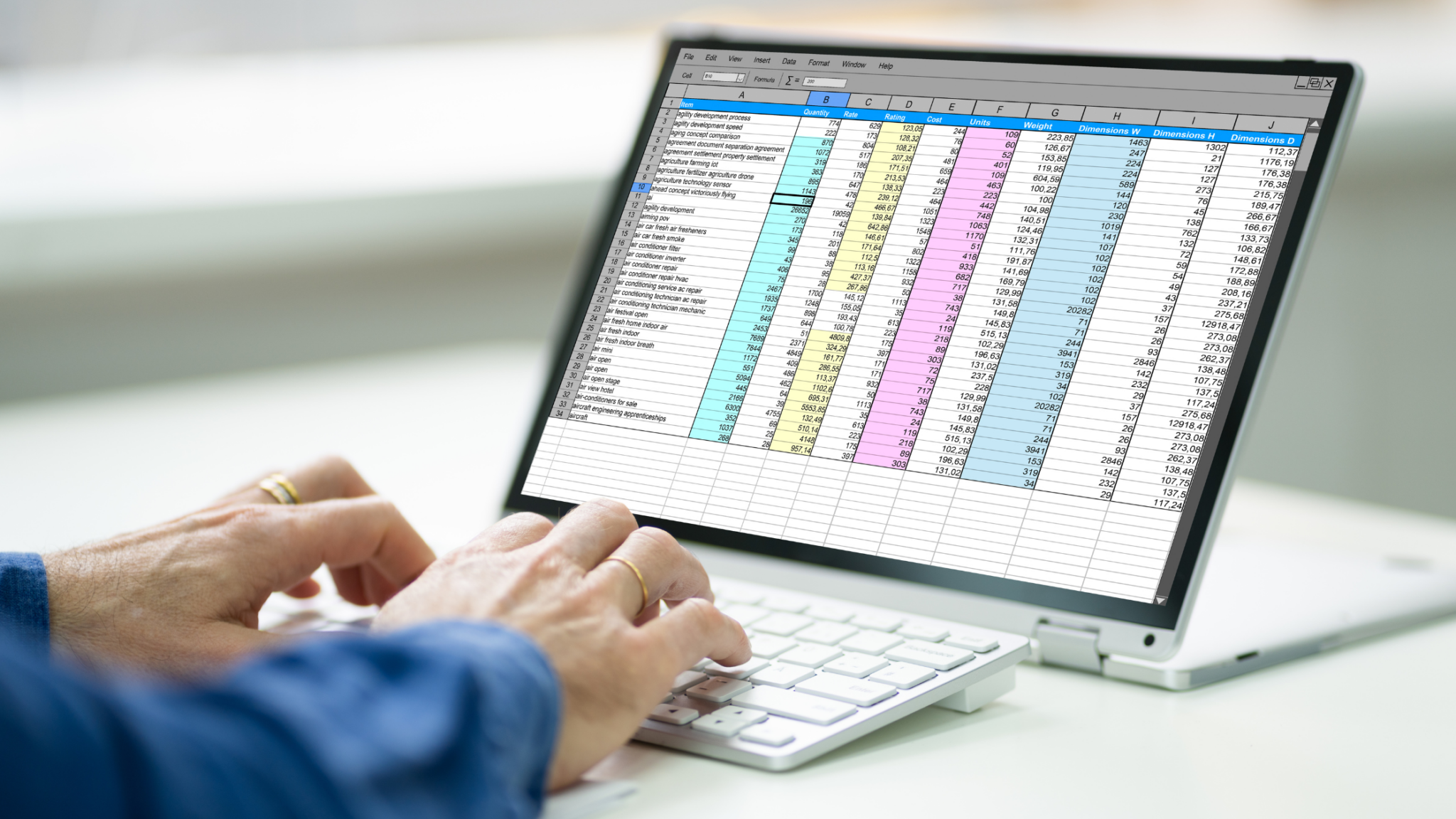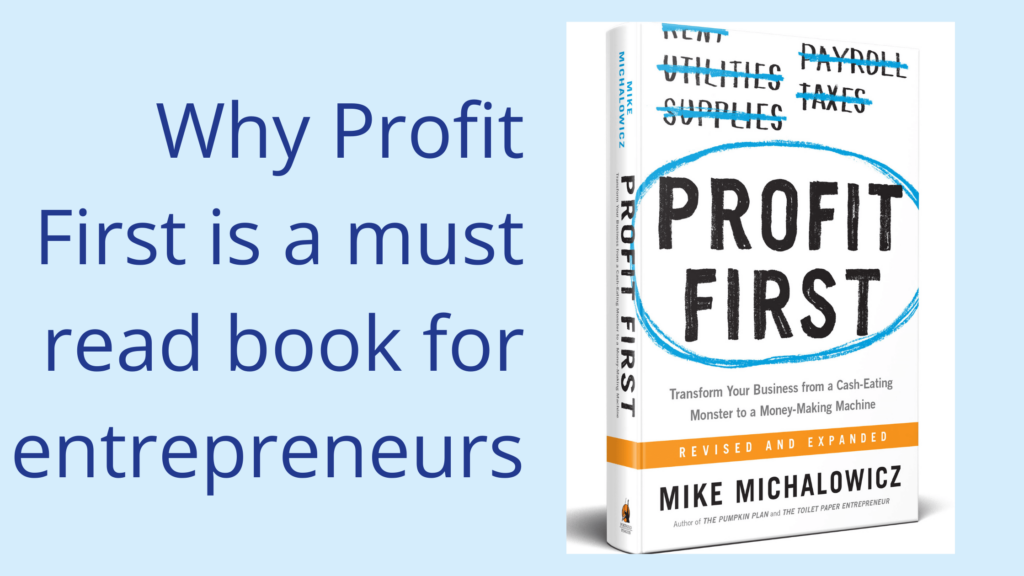When you own a small business, it’s vital you understand the importance of cashflow. Being how money flows into and out of it. At a basic level, you need to know where your income comes from and what your expenses are. At a deeper level, knowing how money moves through your business can help you make strategic decisions about growth, invoicing, and debt management. The consequences of not understanding money can be drastic—poor financial management is one of the main reasons businesses fail.
That’s why you need to understand cashflow.
1. What is cashflow?
Before you can start to understand your cashflow, you need to know what cashflow is. Cashflow refers to the movement of money into and out of your business. It’s essentially understanding how much money is coming into your business (your income, loans and transfers of personal money into the business) versus how much is leaving (your expenses, taxes, and loan payments).
2. How do I conduct a cashflow analysis?
Some accounting software programs allow you to conduct a cashflow analysis through the platform itself or possibly via an addon. Open the program and often a cashflow statement can be found under a “Reports” tab or something similar. So if you’re already using accounting software, you can have a cashflow statement with minimal effort.
If you don’t use accounting software, you’ll have to conduct the analysis manually. Here is a very basic cashflow analysis (This can easily be done using a spreadsheet):
First enter the amount of cash your business actually had in the bank at the start of a financial period (say a month). Second, add up all the money that came into your business in the month. Include only money that actually came in, not money still owing from clients. Third, add this to the cash from the start of the month (in Step 1). Fourth, add up the cash that went out for the month, including rent, cost of goods, fixed costs and loan payments. Fifth, subtract the total in Step 4 from the total in Step 3. This gives you your cash at the end of the month, which is also your starting balance for the next month.
If the cash in your account is lower at the start of each month from the previous month, you have a cashflow problem that requires further analysis.
3. The importance of cashflow
Not making enough money to cover debts is a major reason small businesses fail. Understanding your cashflow can help you take the steps you need to identify and address issues before they threaten your business.
A cashflow analysis can tell you if you’re allowing clients too long to pay their invoices, making you financially vulnerable. You can then determine if you need to charge a deposit for your services or shorten the payment terms. It can also tell you if you’re spending too much in areas that are not profitable for you. This can help you figure out where you need to cut back on spending—or charge your customers more.
Regular cashflow analysis can also show you what times of the year your business drops off – such as if you have a seasonal business. That can help you plan for those times to make sure you have enough money to cover a loss in revenue.
Final thoughts
The importance of cashflow, and making strategic decisions on the basis of it, is vital for business survival.
Unfortunately, many small business owners make the mistake of not understanding or, even worse, ignoring the importance of cashflow and that often results in losing their business.
At The Healthy Business Lab we have software available that makes it easier to understand your cashflow. So if what we’ve outlined has given you a headache, book a Biz Fit call today and we’ll make it easy for you.




